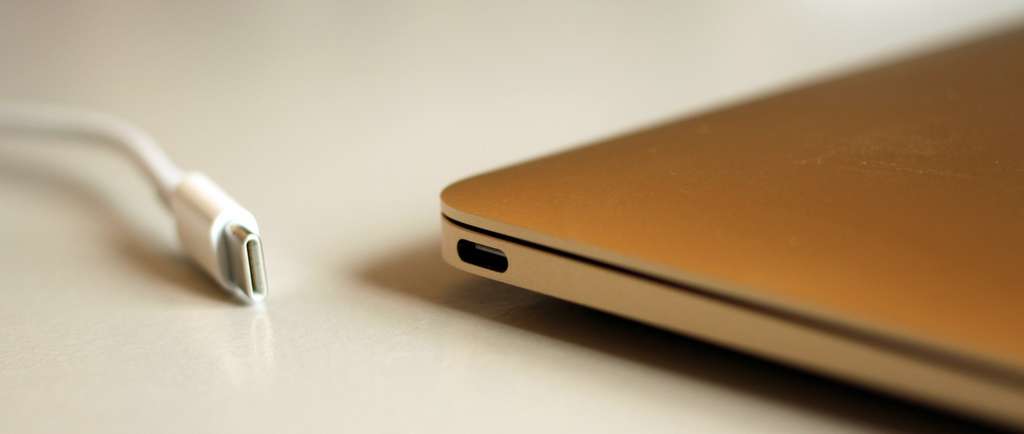By a very large majority, MEPs voted for a non-binding resolution for the implementation of a universal charger for all smartphone manufacturers. In the European Commission’s viewfinder, Apple and its proprietary take, Lightning.
The European Union has been calling for harmonization of chargers in the smartphone sector for more than 10 years . If there are good students on the Android side , however, Apple continues to stand apart. Except that on Thursday, MEPs adopted, by 582 votes to 40, a non-binding resolution to speed up the introduction of a single charger for all devices sold in Europe, including the iPhone .
But Apple is fiercely opposed to it because the firm does not intend to abandon its Lightning port which is found on the iPhone since 2012, but also the iPad and iPod . Apple sees two key reasons for keeping its proprietary technology. First, it concerns no less than a billion chargers in circulation and their replacement would be catastrophic from an ecological point of view, with tons of waste at stake. Then, Apple explained, a week ago, that the diversity of connectors for charging a smartphone was driving competition up.

Standardization also planned for wireless charging
Currently, there are therefore three types of connection: Lightning expensive for Apple devices, microUSB and USB-C. Ultimately, the microUSB should disappear, so there will only be USB-C for Android smartphones. Will Apple eventually give in? Perhaps since, it should be remembered, the iPad Pro has been in USB-C since 2018, and it is rumored that the iPhone could follow the movement from 2021.
But MEPs already have another workhorse: wireless charging , and they want to guarantee interoperability so that wireless chargers are not limited to a brand or a type of device. The debate is just beginning on this subject, even if it has lasted for more than 10 years.